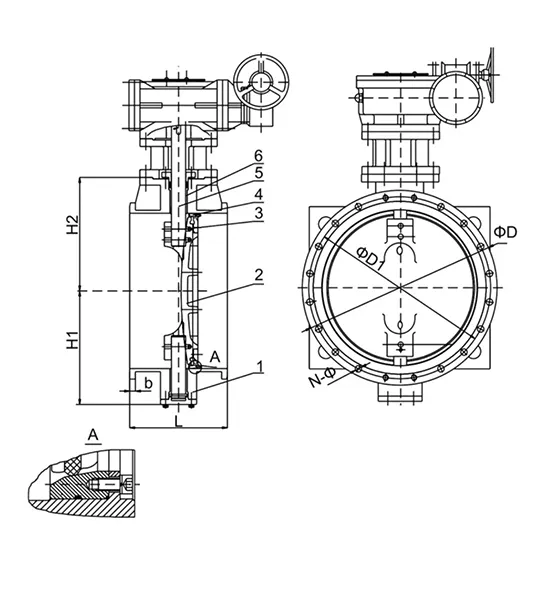11 月 . 01, 2024 12:54 Back to list
Understanding the Functionality of Non-Return Ball Valves in Fluid Systems
Understanding Non-Return Ball Valves Functionality and Applications
Non-return ball valves, also known as check ball valves, are essential components in various fluid systems, primarily employed to prevent backflow and ensure unidirectional fluid movement. Their design and operation allow for reliable performance in diverse applications, including industrial, commercial, and residential settings.
Structure and Mechanics
A non-return ball valve consists of a spherical ball placed within a valve body. The ball is typically made of durable materials such as stainless steel, plastic, or brass, depending on the application’s requirements. The valve body features ports for fluid entry and exit, along with seals to prevent leaks. The ball remains in a resting position, blocking the flow unless sufficient pressure is applied in the forward direction.
When fluid flows into the valve from the inlet side, the pressure lifts the ball away from its seat, allowing the liquid to pass through. Conversely, if there is a reverse flow, gravity or back pressure will push the ball back against the seat, effectively closing the valve and preventing backflow. This simple yet effective mechanism allows for trustworthy operation in various applications.
Advantages of Non-Return Ball Valves
One of the primary advantages of non-return ball valves is their ability to prevent unauthorized backflow, which is crucial in maintaining system integrity and protecting equipment. This feature is particularly important in plumbing systems, where backpressure can cause contamination or damage. Additionally, their design allows for low-pressure drops during operation, ensuring efficient fluid flow.
non return ball valve

Moreover, non-return ball valves are straightforward to maintain. They have fewer moving parts than other valve types, reducing the likelihood of mechanical failure. In most cases, they can be easily disassembled for cleaning or inspection, which enhances their lifespan and reliability.
Applications
The utility of non-return ball valves spans across various sectors. In the water and wastewater industry, they are used to prevent backflow in pipelines, protecting against potential contamination of treated water. In the oil and gas sector, these valves help prevent reverse flow in pipelines, safeguarding infrastructure and preventing spills.
Furthermore, non-return ball valves find applications in HVAC systems, where they help maintain pressure and streamline airflow. They are also integral to many chemical processes, ensuring safe handling of corrosive substances by minimizing risks associated with backflow.
Conclusion
In conclusion, non-return ball valves play a critical role in modern fluid control systems. Their simple yet effective design offers numerous advantages, from preventing backflow and minimizing pressure drops to providing ease of maintenance. As industries continue to prioritize efficiency and safety, the importance of non-return ball valves will undoubtedly grow. Understanding their functionality and applications ensures that engineers and operators can leverage these valves effectively, contributing to smoother, safer, and more reliable operations across various fields. Whether in plumbing, industrial settings, or chemical processing, non-return ball valves are indispensable components in the quest for efficiency and reliability in fluid management.
Share
-
Understanding the Differences Between Wafer Type Butterfly Valve and Lugged Butterfly ValveNewsOct.25,2024
-
The Efficiency of Wafer Type Butterfly Valve and Lugged Butterfly ValveNewsOct.25,2024
-
The Ultimate Guide to Industrial Swing Check Valve: Performance, Installation, and MaintenanceNewsOct.25,2024
-
Superior Performance with Industrial Swing Check Valve: The Essential Valve for Any SystemNewsOct.25,2024
-
Industrial Swing Check Valve: The Ideal Solution for Flow ControlNewsOct.25,2024
-
You Need to Know About Industrial Swing Check Valve: Functionality, Scope, and PerformanceNewsOct.25,2024